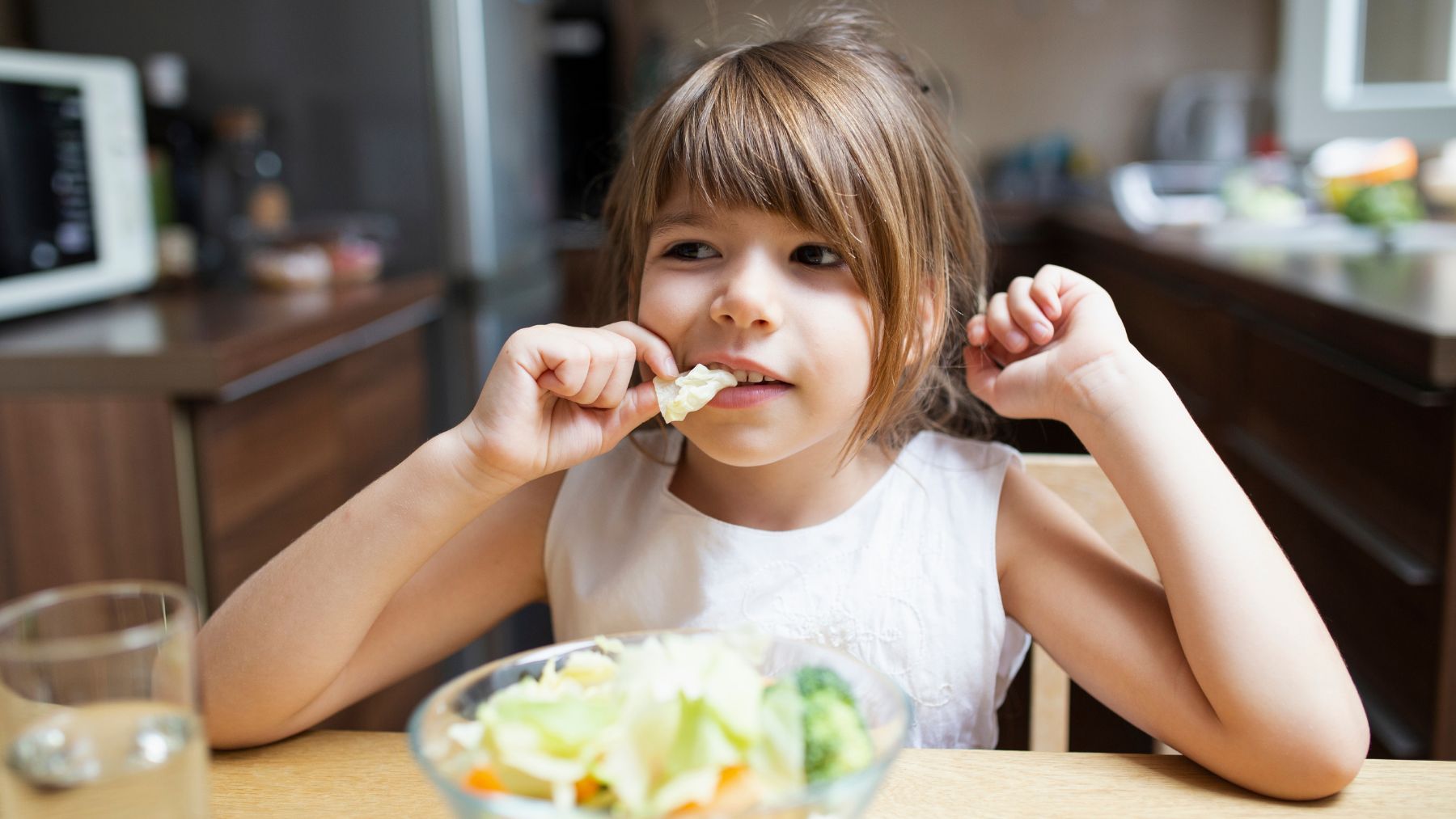Many parents in the US aim to give their children food they believe is healthy, often relying on convenient options that seem harmless. However, one item in particular is being served far more often than experts recommend, which can affect kids’ overall diet quality and long-term health.
Nutrition guidelines highlight that balance and variety are key. Choosing whole, minimally processed foods over sugary or refined alternatives can shape healthier habits early on. Despite clear expert advice, many families continue to overlook one simple change that could make a big difference.
What food does Harvard recommend limiting for children?
According to experts from Harvard T.H. Chan School of Public Health, parents should limit fruit juice to one small glass per day. While juice is often seen as a healthy choice, it can contain as much sugar as soda and lacks the fiber found in whole fruits. Over time, consuming sugary drinks increases the risk of weight gain, type 2 diabetes, heart disease, and other health issues.
Harvard’s Kid’s Healthy Eating Plate, a visual guide designed to teach children healthy eating habits, emphasizes that water should be the drink of choice with meals, snacks, and physical activity. Sugary beverages—including sodas, fruit drinks, and juice—are discouraged because they add extra calories without providing essential nutrients.
The guide explains that the type of carbohydrate matters more than the amount. Whole fruits, vegetables, whole grains, and legumes offer vitamins, minerals, fiber, and slow-digesting carbohydrates that support stable energy levels. In contrast, sugary drinks like juice cause blood sugar spikes and contribute little to a child’s overall nutrition.
Limiting juice doesn’t mean eliminating it entirely. Harvard simply recommends offering a small portion, rather than multiple servings throughout the day. Replacing that extra juice with water and fresh fruit can significantly improve diet quality.
How to encourage kids to eat more fruit
Cutting back on juice can be easier if children are offered more whole fruits in fun and accessible ways. Harvard’s recommendations include simple, practical strategies that parents can use at home:
- Keep fruit visible and easy to grab: Place a bowl of washed whole fruits on the kitchen counter or keep colorful, chopped fruits in a clear container in the fridge. When fruit is easy to see and ready to eat, kids are more likely to choose it.
- Offer a wide variety: Different fruits provide different nutrients. Try to include options from several categories, such as dark green leafy vegetables, yellow or orange fruits, red fruits and vegetables, legumes, and citrus. Variety keeps meals interesting and nutritionally balanced.
- Replace juice with whole fruit: Instead of pouring a glass of orange juice, offer orange slices. Swap apple juice for a crisp apple or berries. Whole fruits provide fiber, which slows digestion and keeps kids full longer.
- Incorporate fruit into meals: Salads, soups, stir-fries, and snacks can all include vegetables and fruits. Mixing produce into everyday recipes helps kids get used to different flavors and textures without feeling forced.
- Explore new options together: Involving children in selecting fruits at the grocery store can make them more excited to try new things. Turning it into a fun activity helps build positive associations with healthy foods.
These small daily choices can help reduce sugar intake naturally, without making kids feel like something is being taken away.

